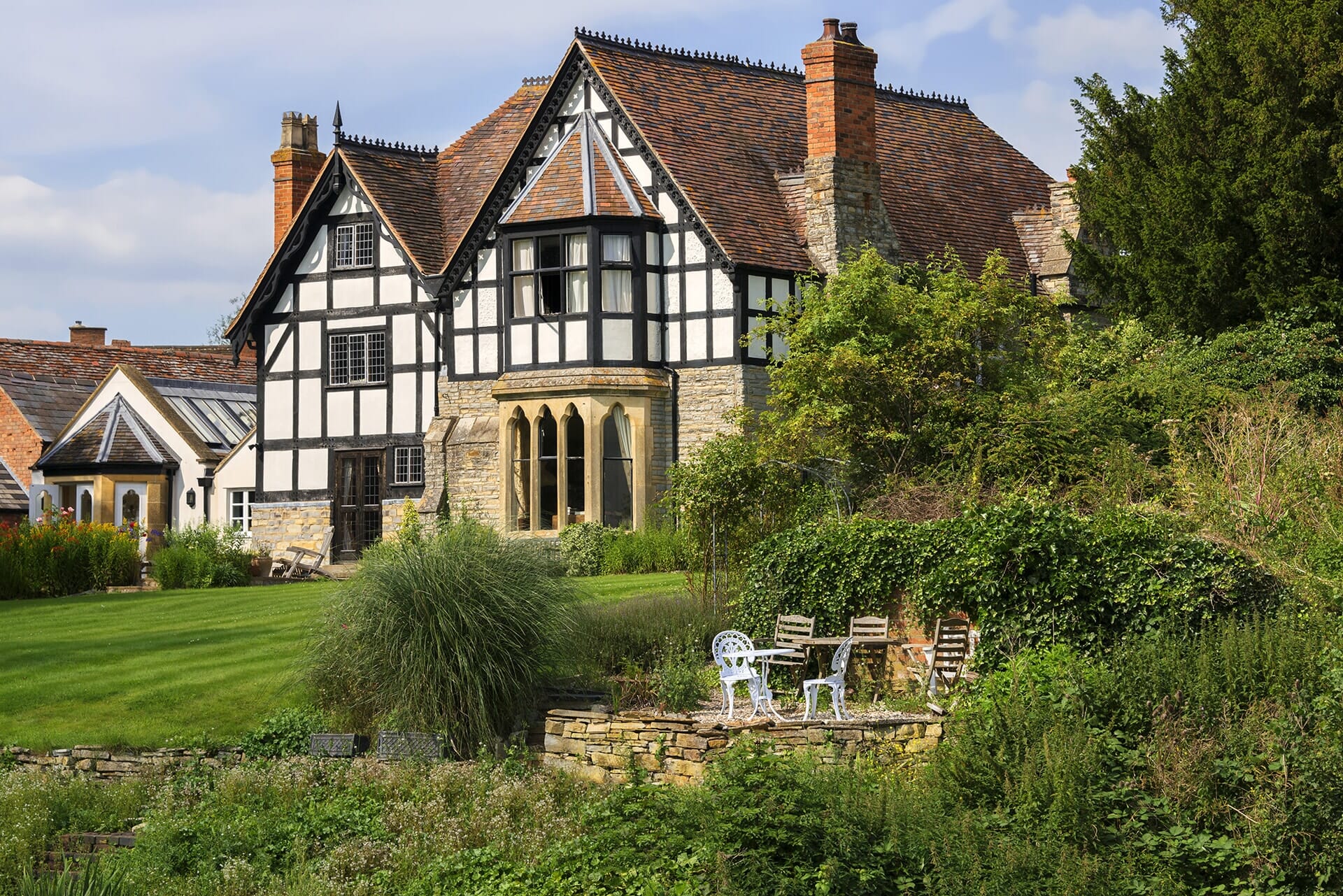
5 things to look out for when buying a period property
As well as history and charm, period properties can come with a few hidden extras! Here are the most common problems found in period properties and how to overcome them…
1. Damp
This is one of the main problems found in a period property, but it is not insurmountable. Usually, it is caused because homeowners have used inappropriate materials over the years when renovating or repairing the property. For example, lime plaster was traditionally used in period properties as it allows walls to breathe, and any resulting moisture to escape. As lime plaster is more costly than modern-day techniques, some homeowners may have been inclined to scrimp which can cause moisture buildup in walls.
There are other causes for damp: a build-up of humidity in bathrooms and kitchens that aren’t well ventilated could result in a high damp reading. The installation of sealed double glazing in bedrooms will cause condensation around the windows, leading to damp and mould. Cracks in pointing, broken drains and gutters and any vegetation that is close to the brickwork could also cause moisture to seep in and lead to damp problems. All of these issues are relatively easy to solve and worth investigating before calling in the damp proof specialists.
2. Woodworm
The telltale holes in timber frames and beams can cause panic in many period property homeowners, but most cases of woodworm are either already extinct or easily exterminated. Woodworm is the larval stage of common wood-boring beetles, and it thrives in poorly ventilated, dank conditions. To tell if there is an active outbreak, look for signs of fresh dust, created as the woodworm larvae bore into the wooden structures.
Dry timber is immune to attack so if woodworm is active, the first line of defence is to eliminate all causes of dampness in your period home and try to reduce the wood’s moisture content to below 15%. Major damage could require conservative local timber repairs but it’s best to avoid automatically ripping all the wood out. A secondary measure could involve targeted chemical treatment.
3. Fireplaces
It’s a great feeling when you discover a hidden fireplace in a period property but if you want to salvage what’s left, you may need to call in the professionals.
Many old houses had their fireplaces boarded up during the 1960s and 1970s, replacing them with alternative heating appliances. This means you’ll need to have the appliance safely removed by a HETAS-qualified engineer and the chimney swept by a NACS sweep. You will also need to have the chimney checked for leaks, which could mean it needs to be repaired or lined. Relining a chimney must comply with current building regulations.
Building regulations now require that constructional hearths must be built of solid, non-combustible material such as concrete or masonry, at least 125mm thick and extending at least 500mm in front of the fireplace opening and 150mm each side of the fireplace jambs.
4. Central heating
While an old stone property feels lovely and cool in the summer, come the winter, you’ll soon know if it isn’t suitably heated, if at all. First of all, you need to know what existing heating sources there are in the property – i.e. any existing flues or pipe work, whether you’re connected to mains gas or whether there is an existing oil tank.
A good plumber will give you a detailed plan of the number of radiators you will need and where they should be placed in order to get maximum benefit. Modern radiators are efficient but you may prefer to opt for period replicas which will start to bump the price up.
Under Gas Safety (Installation and Use) Regulations, new gas boilers can only be commissioned by a Gas Safe Registered heating engineer, so check your plumber’s credentials. If fitting a boiler using another heat source, such as oil, a Competent Persons Scheme-approved installer should be used. Regulations also dictate new boilers must be the high-efficiency condensing type, which reuse heat that would normally be lost from the flue.
5. Rewiring
If a house hasn’t been rewired in over 25-30 years, it is likely to need modernising. This will bring it up to modern safety standards and ensure your home is equipped for today’s increased electricity usage.
The electrician will need access to every room at all times in order to complete a full rewire. It can be a messy job as a lot of dust will be created when chasing in the wires to hide them. The walls will also need replastering and redecorating where new wires have been hidden. It is advisable to move any furniture away from walls to allow the electrician to complete his job unimpeded.
By their very nature, period properties do not have enough power sockets to keep up with modern day energy demands, so take the opportunity to plan a few more sockets into every room. Contact the ECA (eca.co.uk) for advice on calculating how many sockets you need.

Author: Peter Little (CEO)
This article was first published on 16th May 2017
(Updated 22nd November 2024)
Experts in sympathetic period property restoration
Get a FREE initial quote

